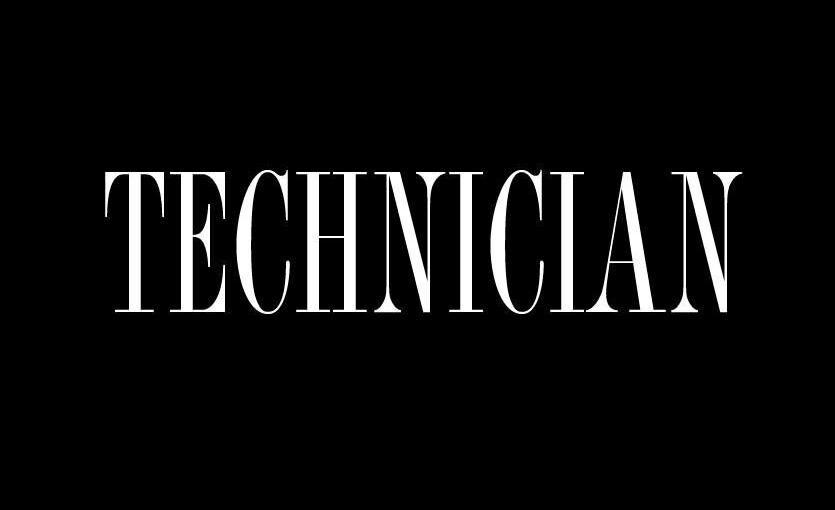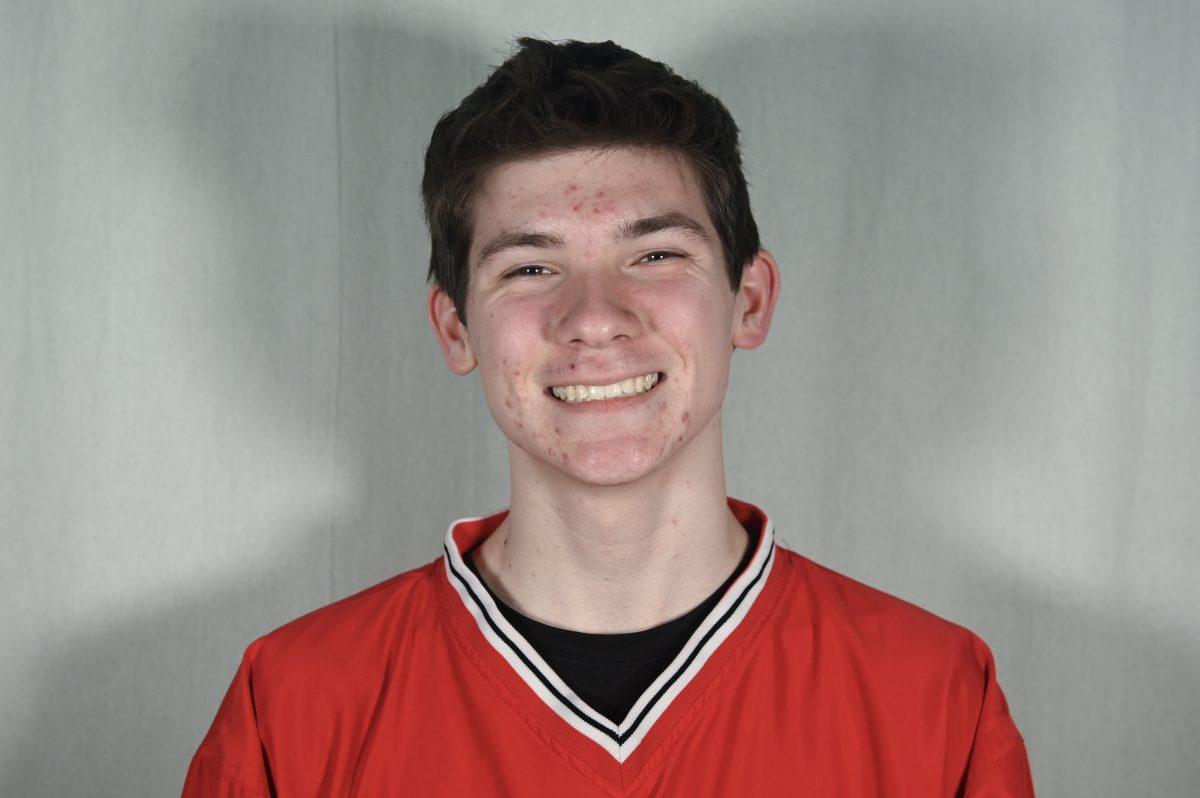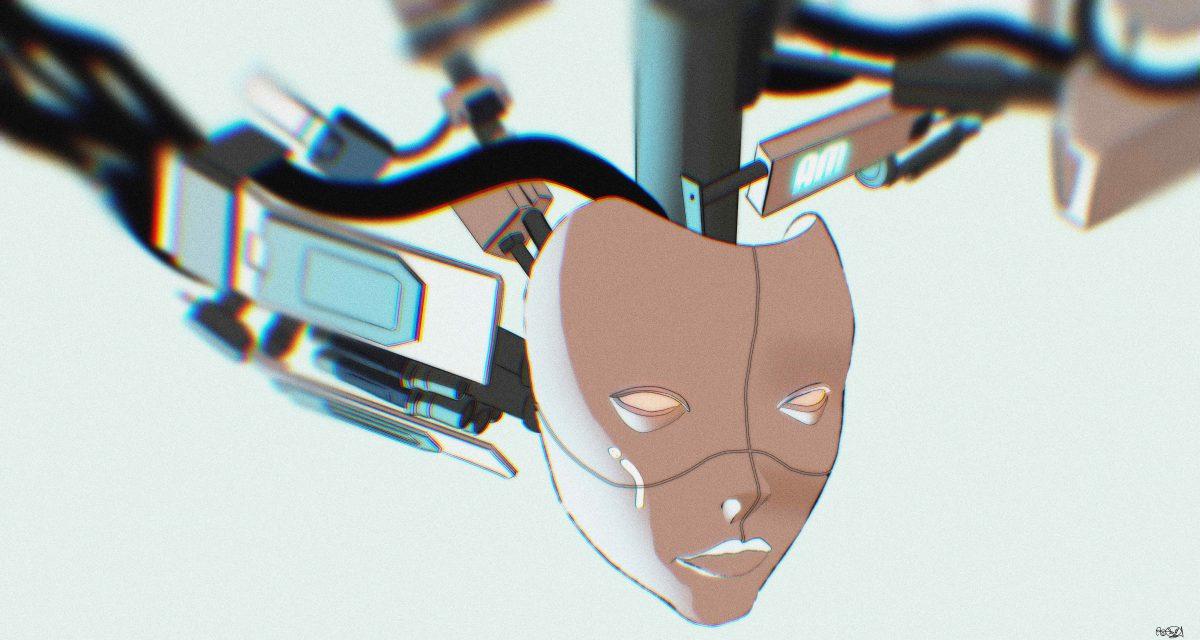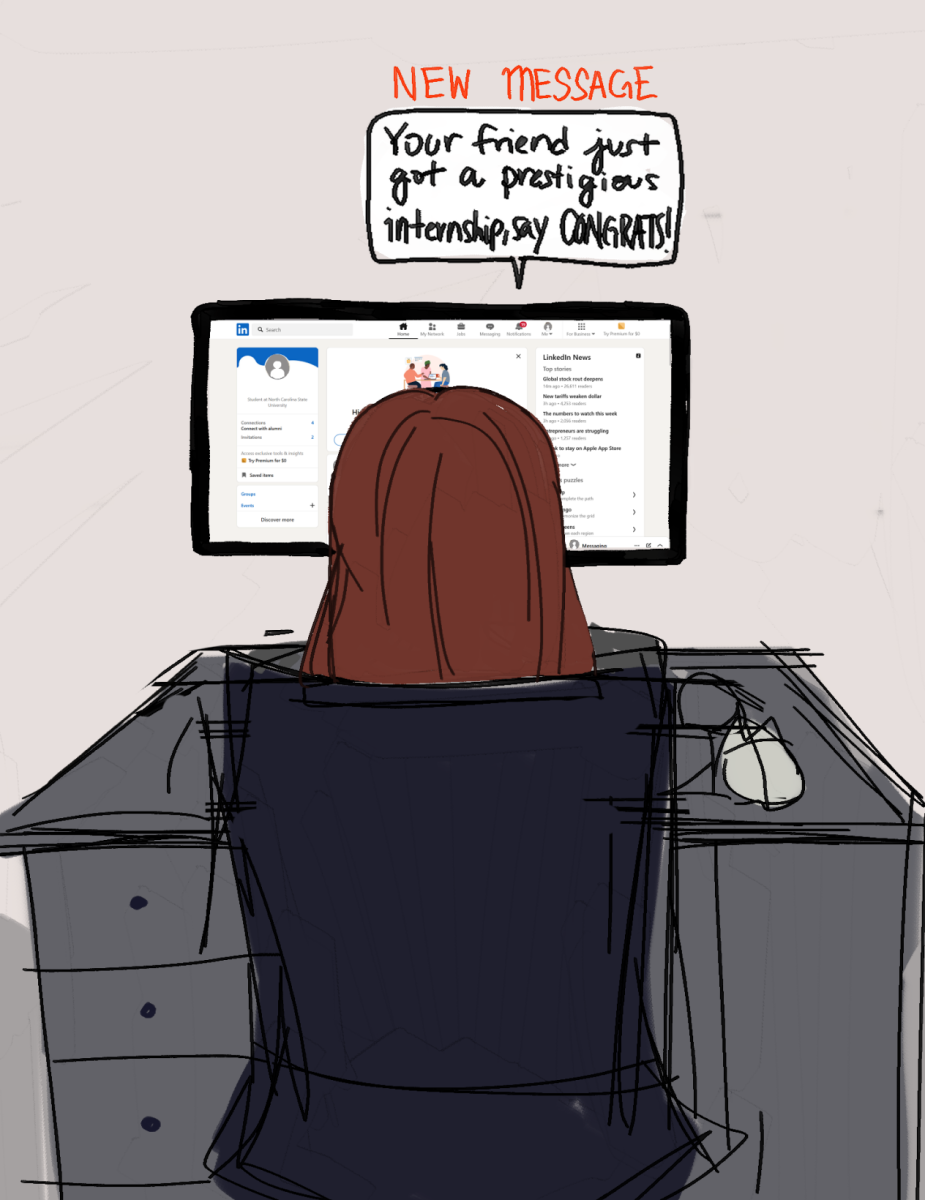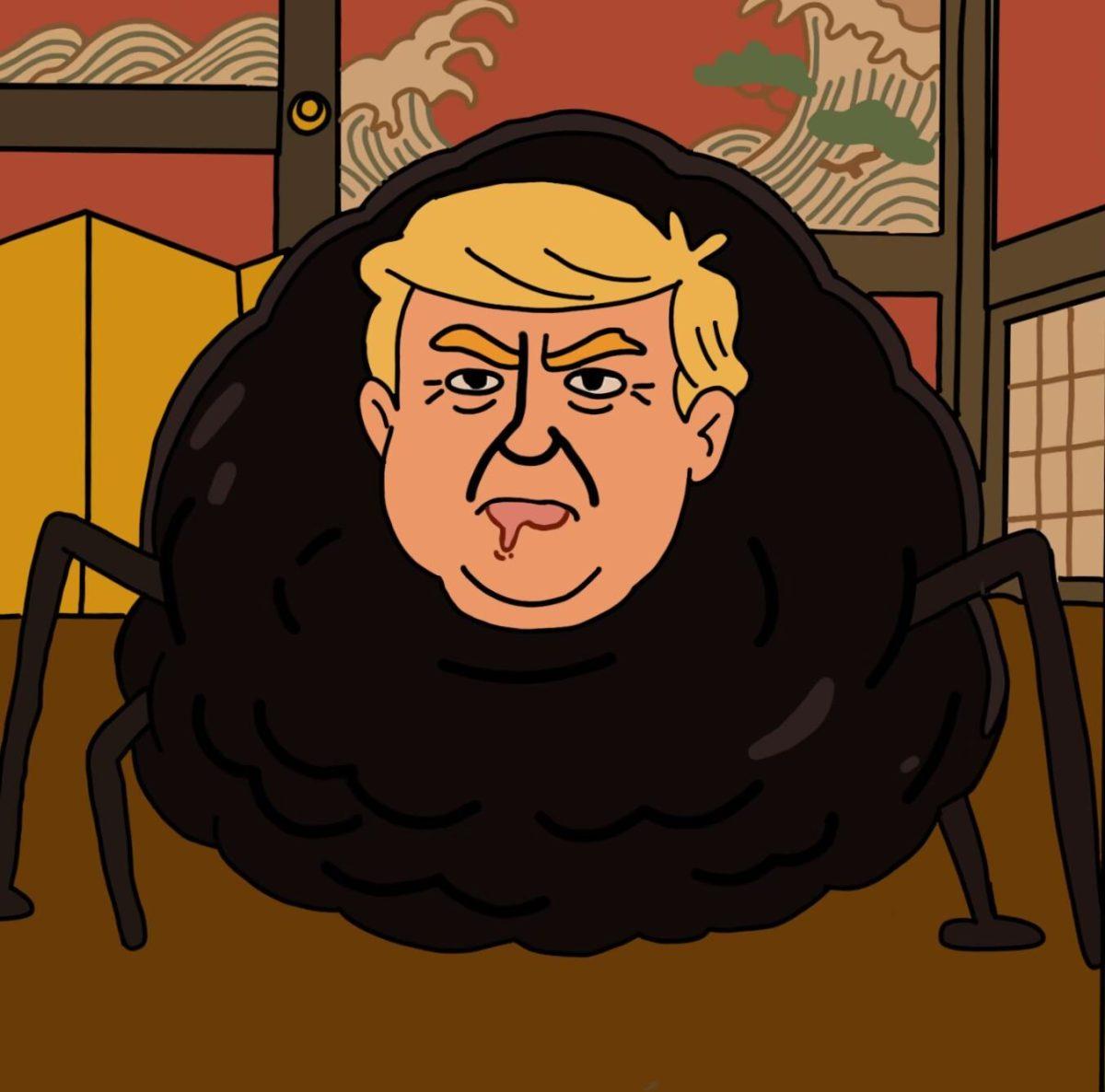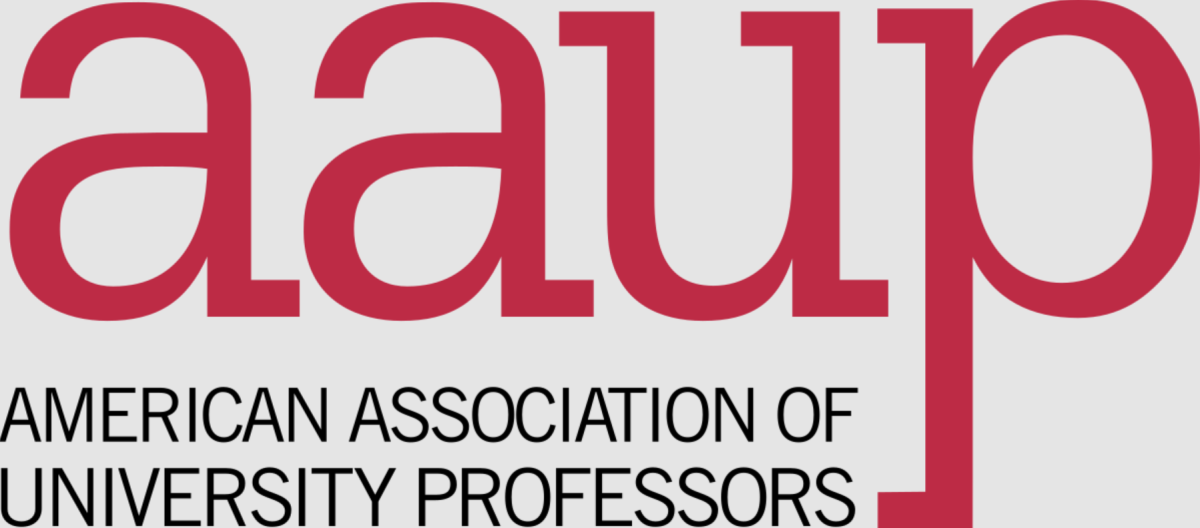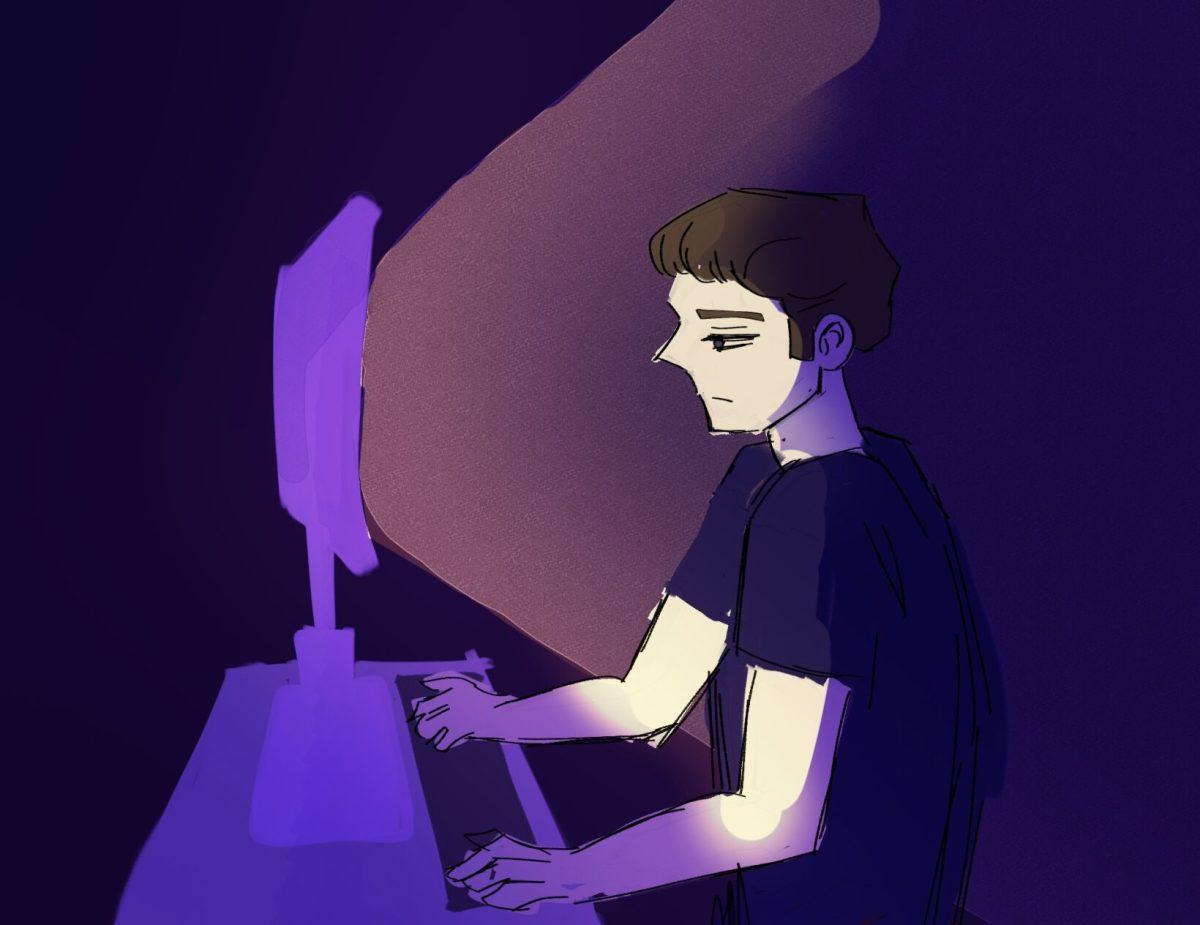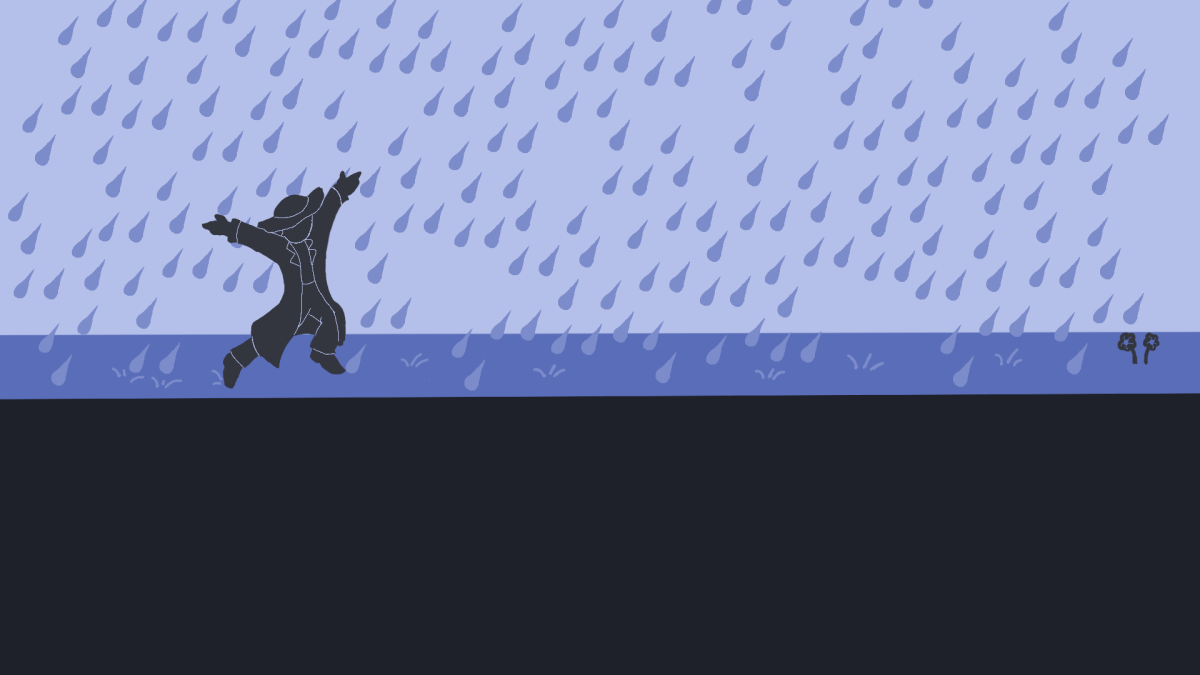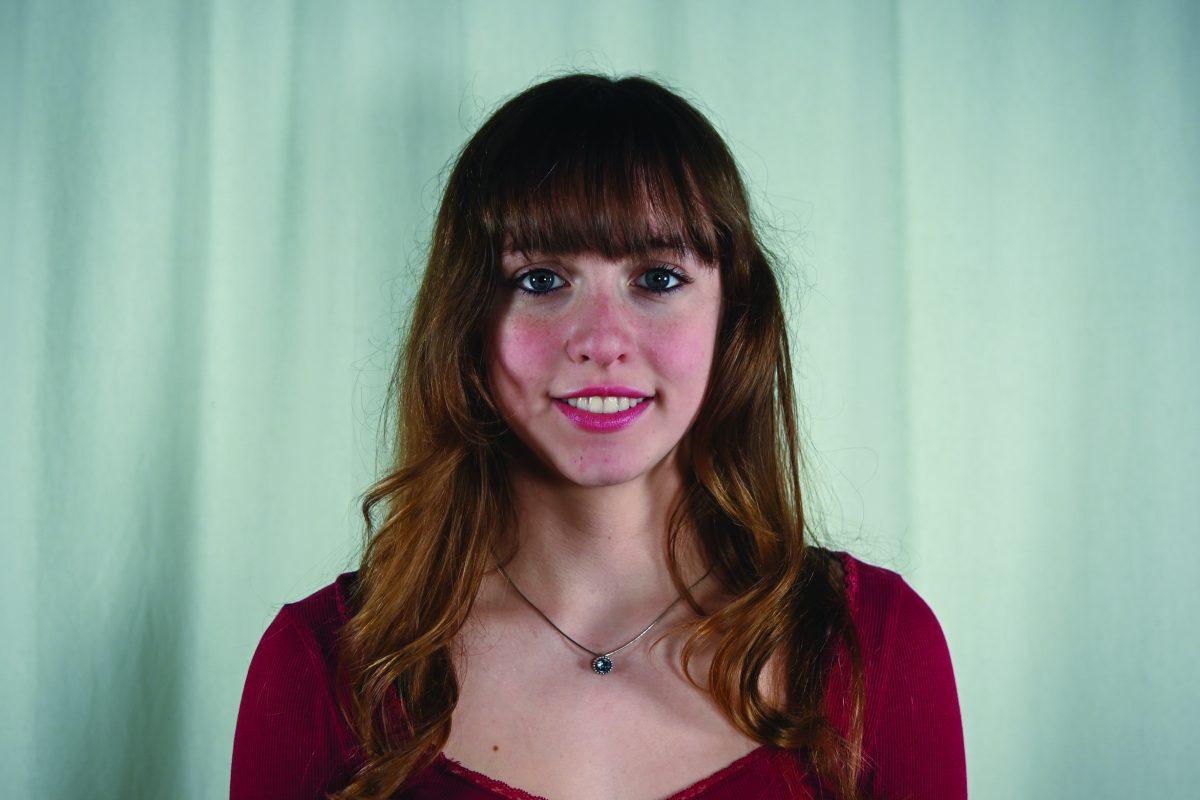Through executive orders and agenda setting, presidents can attempt to shape the national conversation around DEI. However, while the individual in the Oval Office can set the tone, it is our teachers and administrators who ultimately define the reality of diversity and inclusion in education.
The debate over diversity, equity and inclusion in education has become a political phenomenon, with each side taking a stance that either champions or criticizes its place in schools.
Real change does not come from Washington, D.C. — it happens in classrooms across the country.
In recent history, presidents sticking their hands in our current education system in some way or another often results in them using DEI as a political tool. While some administrations push for inclusive curricula and funding for diverse schools and initiatives, others work to limit discussions of race, gender and identity in the classroom.
For example, former President Biden’s executive order promoting racial equity in education sparked a massive political discussion, but had little impact on the day-to-day experiences of teachers and students.
These actions are sure to make headlines, but rarely ever lead to meaningful, lasting change in schools.
The primary reason for this is because education remains largely a state and local endeavor. While the president can issue executive orders or set an agenda for the rest of the government to follow, it is school districts and educators who determine what actually happens in the classroom.
Similarly, President Donald Trump’s current efforts to eradicate DEI hold substance, but, at its core, the responsibility falls on the governing bodies overseeing educational institutions to be the final arbiter of action.
The constant shifting of DEI priorities from one administration to the next creates an unstable environment for educators, making it difficult to establish long-term, meaningful progress. Instead of looking to the Oval Office for guidance, the focus should be placed on what actually happens in classrooms.
The most effective efforts to promote diversity and inclusion in education happen where individual teachers shape how students interact with different perspectives and ideas. A well-designed curriculum that integrates diverse voices in literature and history is far more impactful than any federal policy initiative.
Imagine a school district that seeks to incorporate authors from various racial and cultural backgrounds into its Language Arts curriculum. For example, classes on Victorian literature often pull reading selections from the canon — “Jane Eyre and Great Expectations” for instance.
But what if professors included less acknowledged voices like Toru Dutt, an Indian poet and translator from British India, who wrote in the 1860s and 1870s? Or texts like “The Wonderful Adventures of Mrs. Seacole in Many Lands,” featuring the trips of a Jamaican nurse to Britain and other regions from her origins in the British colonies?
By exposing students to these diverse voices, educators foster critical thinking and empathy — skills that cannot be mandated from Washington but rather develop over time.
In addition to curriculum, the role of teachers in creating an inclusive classroom environment cannot be overstated. Educators who encourage respectful discussions about identity, equity and historical context create spaces where students learn to engage with diverse perspectives.
These interactions shape how young people understand and navigate the world more than any executive order could.
As an individual who hails from a family of educators on many different levels, as well as a student who is invested in the pursuit of diversity and inclusion within the classroom, I have had many experiences with individual teachers who seek to promote inclusive and diverse learning.
For instance, I was previously enrolled in HI 251: American History I, in which one of the primary lenses that we viewed historical events and sources through was that of race, class and gender. By taking this approach, I was able to learn much more about our nation’s history and became much more knowledgeable about the subject as a whole.
If I were just provided with dates and a single-sided narrative of what had happened, I would have missed out on the nuances that each historical event had — just as only hearing one side of a story today leads to a misconstrued view of facts.
Additionally, schools that implement student-led diversity initiatives empower students to take ownership of inclusion efforts. When students themselves engage in conversations about diversity, they develop the skills necessary to foster inclusive environments beyond the classroom.
In light of the recent decision by the UNC Board of Governors to remove the DEI course requirements across the UNC System, this conversation becomes more relevant than ever. This shift reflects the broader trend of state-level pushback against DEI initiatives, further demonstrating that the real battleground for diversity in education is not in the hands of federal initiatives but in the classrooms, faculty decisions and student organizations that shape academic life.
While political bodies can dictate policy, they cannot erase the demand for diverse perspectives in higher education, nor can they prevent students and educators from fostering inclusion on their own terms.
Presidential administrations will continue to use DEI as a political tool, but the real work of fostering diversity and inclusion does not come from policy statements or executive orders — it happens in schools, classrooms and communities.
Teachers, students and local individuals invested in education are the people driving meaningful change, and they should be the focus of DEI efforts, not politicians in Washington. And we should do our best to conquer fears of doing so.
Rather than relying on federal mandates that shift with each administration, we must support teachers, invest in inclusive curricula and empower our students to engage with diversity in meaningful ways. If we want a more inclusive future, we must start where real education happens: in the classroom.

